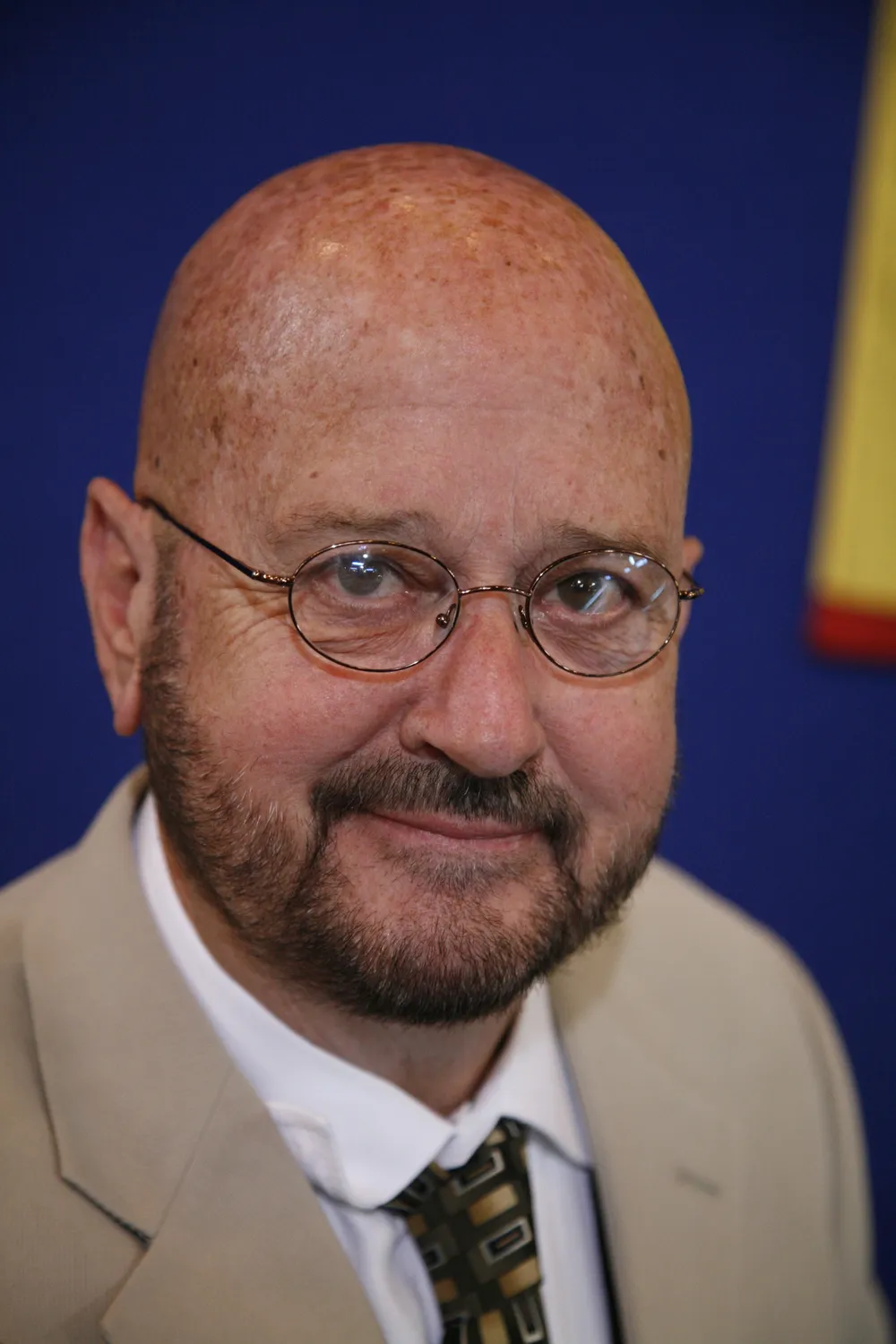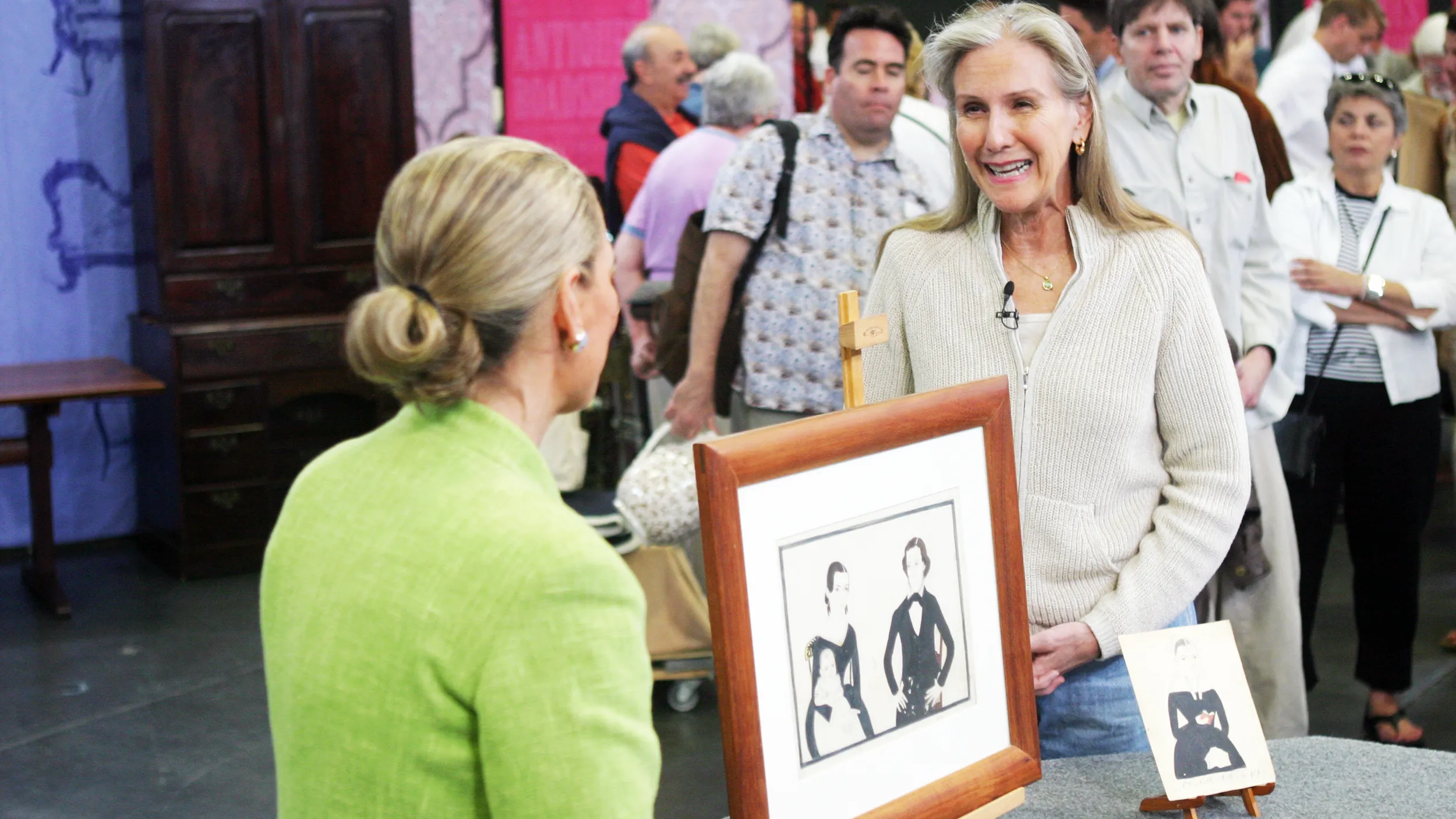GUEST: Well, it was originally my grandfather's-- he's had it as long as I can remember. He used to use it as a-- a letter opener, I know it's a Will & Finck, but I only know that because of what's actually on the knife.
APPRAISER: Was he a native Californian?
GUEST: Yeah, he was born and raised on the-- on a peninsula.
APPRAISER: On the ROADSHOW here, on our table, we always joke, who's going to get the first Will & Finck knife to come on the show, and this is the first one that's shown up, to my knowledge, since its inception eight years ago. Will & Finck began manufacturing knives in 1863, and they continued on with knife manufacturing to about the turn of the century. The thing that we noticed first is, is this clasp that holds it on to your belt. It's patented in 1872, and then it's got the maker's name down here at the bottom, too. It's a unique clasp, and we only know of one other that has this type of a patent clasp on it. Now, we could be wrong-- there could be more, but... The other unique feature about it is, it's marked “Will & Finck, SF, Cal,” where it should be marked, and yet it's also marked on this side, which is unusual. Normally they're just marked on one side.
GUEST: Hm.
APPRAISER: But I think the best feature is the grips, and they're walrus ivory, which was typical of California manufacturers, opposed to elephant ivory. Typically, they put some silver studs on, but this is just a, a huge amount. You can see where they come all the way up the side and around. So it's got a lot going for it. Condition-wise, it's excellent. It's got a little bit of deterioration, but the blade itself has got the original polish on it, so it hasn't been sharpened or played with. The knife, with all this decoration, would bring at least $30,000.
GUEST: Wow. (laughs) That's, uh... that's great. (laughs)
APPRAISER: Well, good.



